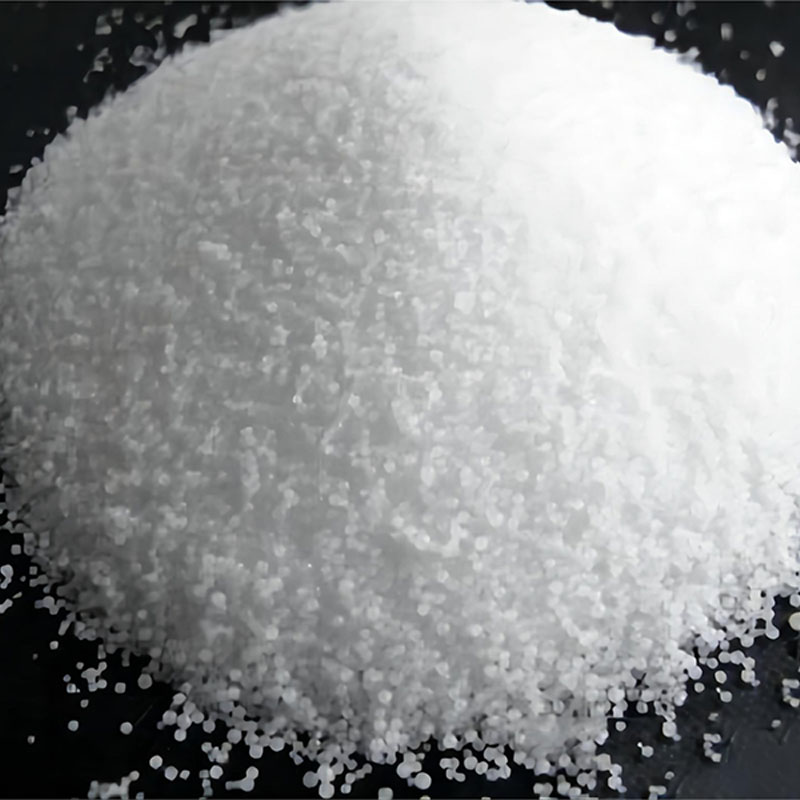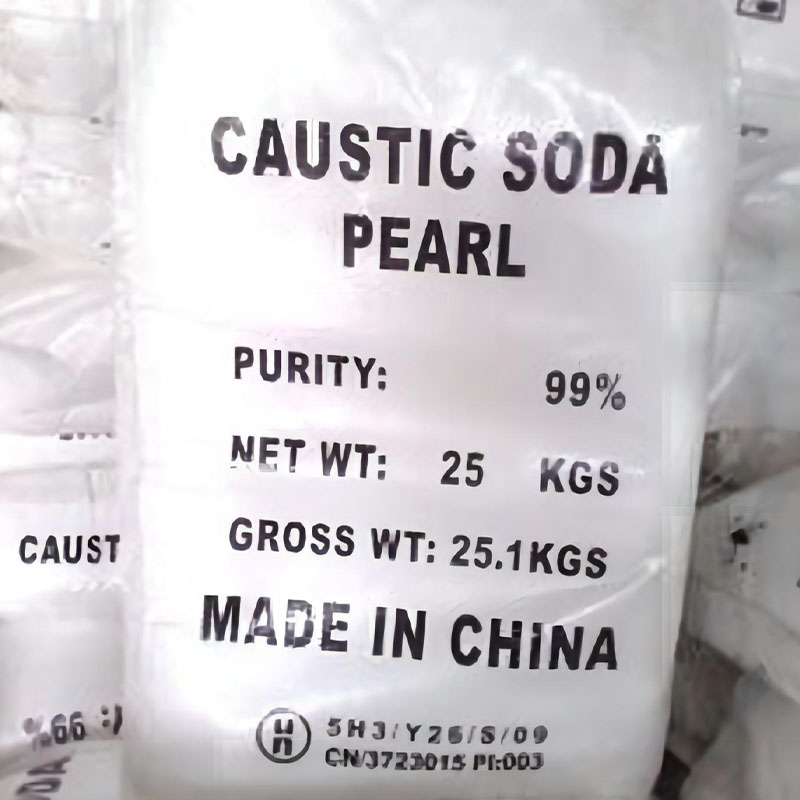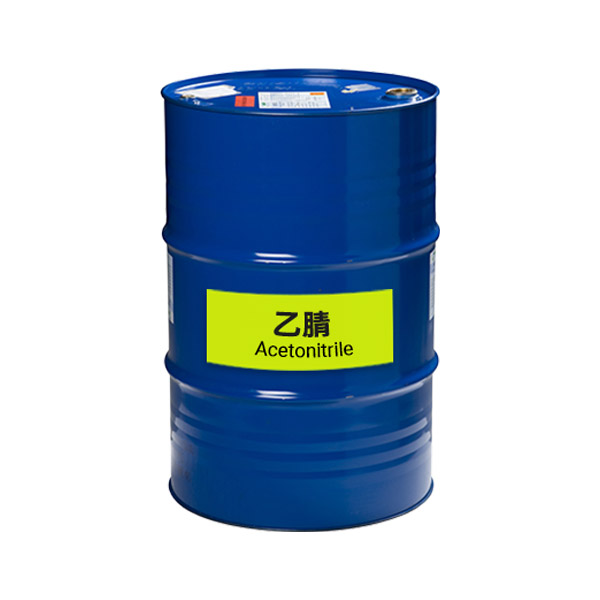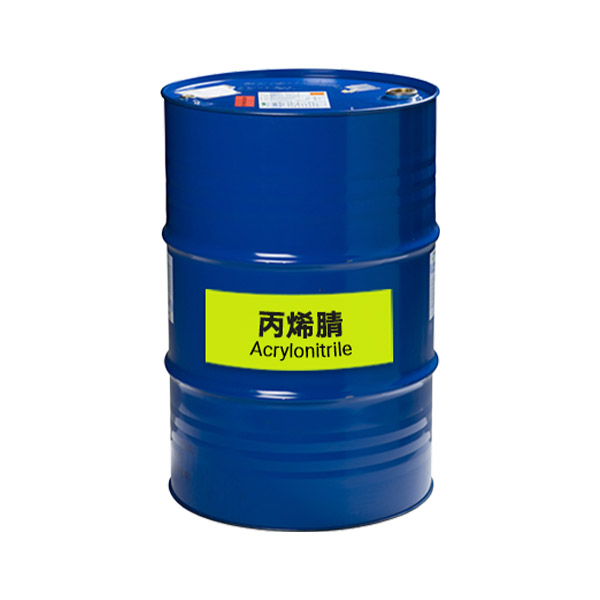
Products
2022 New Style Caustic Soda Flakes – Caustic soda pearls supplier – CHUANGJINYUAN
2022 New Style Caustic Soda Flakes – Caustic soda pearls supplier – CHUANGJINYUAN Detail:
Product Features
| CAS Number | 100-42-5 |
| H.S. Code | 2902.50 |
| Chemical formula | H2C=C6H5CH |
| Chemical Properties | |
| Melting point | -30-31 C |
| Boling point | 145-146 C |
| Specific gravity | 0.91 |
| Solubility in water | < 1% |
| Vapour density | 3.60 |
Specification
| Index | Index value | Inspection result | ||
| Superior class | First class | Qualified | ||
| NaOH % ≥ | 99.0 | 98.5 | 98.0 | 99.1 |
| NaCl % ≤ | 0.03 | 0.05 | 0.08 | 0.02 |
| Fe2O3 % ≤ | 0.005 | 0.008 | 0.01 | 0.004 |
| Na2CO3 % ≤ | 0.5 | 0.8 | 1.0 | 0.5 |
Package and Delivery

Product Application
Caustic soda pearls are an important inorganic chemical as they are used in numerous industries worldwide. The highest demand for caustic soda comes from the paper industry where it is utilised in pulping and bleaching processes. They are also in demand in the aluminium industry as the caustic soda dissolves bauxite ore, which is the raw material in aluminium production. Another major use for caustic soda is chemical processing as caustic soda is a basic feedstock for a range of down-stream products including solvents, plastics, fabrics, adhesives etc.
Caustic soda pearls are also used in soap production as they engender saponification of the vegetable oils or fats that are necessary for soap manufacture. They have a role in the natural gas industry where sodium hydroxide is used to help produce and process petroleum products and they can be employed in the textile industry where it is used in the chemical processing of cotton.
Caustic soda also has small scale applications. It can be used for aluminium etching, chemical analysis and in paint stripper. It is a component in a range of domestic products including pipe and drain cleaner, oven cleaner and in home-cleaning products.
Product detail pictures:


Related Product Guide:
Our staff through skilled training. Skilled skilled knowledge, potent sense of company, to satisfy the provider requirements of consumers for 2022 New Style Caustic Soda Flakes – Caustic soda pearls supplier – CHUANGJINYUAN , The product will supply to all over the world, such as: Rwanda, Barbados, Benin, With the goal of "zero defect". To care for the environment, and social returns, care employee social responsibility as own duty. We welcome friends from all over the world to visit and guide us so that we can achieve the win-win goal together.
Factory equipment is advanced in the industry and the product is fine workmanship, moreover the price is very cheap, value for money!



